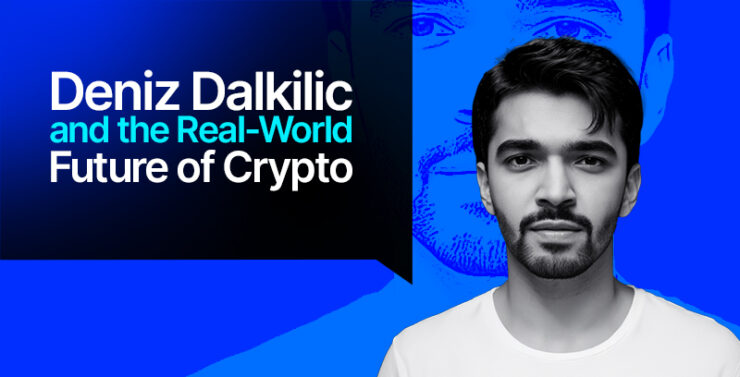Few figures in Web3 carry both the technical pedigree and grounded conviction of Deniz Dalkilic. A blockchain architect with over a decade in software engineering, Deniz has spent his career navigating both Web2 backend frameworks and the bleeding edge of decentralized infrastructure. But his mission today reaches beyond protocols and dApps—he’s working to bring real-world assets (RWAs) onto the blockchain with an ambition that’s as infrastructural as it is philosophical.
At the helm of Lumia, a new blockchain initiative designed to bridge physical and digital economies, Deniz is helping redefine how assets, markets, and developers interact in a decentralized world.
“I tend to, you know, enjoy the technical aspects of development, obviously, given my engineering background,” he said on The CoinRock Show.
“At Lumia, I try to bring the vision of where we want to see tokenization and ownership within the next five years, ten years, and how we see onboarding institutions and retail users at scale.”
From Full-Stack Builder to Blockchain Strategist
Deniz’s path into blockchain wasn’t a sudden pivot—it was a natural evolution. He began his career deep in the guts of Web2 systems, learning what it meant to build scalable, fault-tolerant architecture in traditional environments. But over time, as cryptocurrencies matured and smart contracts gained traction, he saw an opportunity not just to code, but to contribute to a new economic operating system.
“I’ve been a software engineer for 15 years now. I actually was tasked to lead the development on a hyperledger fabric blockchain for banks who wanted to track mortgage payments and see what they can sort of streamline,” he explained.
“I came across Ethereum, I came across blockchain and Bitcoin, and then I immediately actually left the company about a month after finding out.”
What followed was a decade of work across layer 1 and layer 2 platforms, contributing to open-source protocols and leading engineering teams through the volatile, sometimes chaotic birth of DeFi and eventually, Real-World Assets Tokenization.
A New Foundation for Real-World Assets
Lumia is the culmination of everything Deniz has learned—technically and ideologically. The project is designed to be more than just another blockchain. It’s a purpose-built infrastructure to support RWA tokenization at scale. That means onboarding everything from real estate and bonds to carbon credits and intellectual property—assets that don’t natively belong to the digital world.
“Our focus is simplifying the entire end-to-end use case of blockchains, but how do we incorporate that into the organization so we start removing the typical boundaries and the borders that we see,” Deniz said.
To do this, Lumia integrates identity, compliance, and data verification as fundamental components—not afterthoughts. It allows institutions and developers to build applications that are not only permissionless, but legally interoperable with off-chain frameworks.
He’s quick to point out that RWAs aren’t a passing trend—they’re the next wave of blockchain’s evolution.
“in terms of RWA, I think people assume it’s just one of those hype narratives that you see in crypto in general,”
“it’s actually one of those narratives that truly has weight to it and traction to it. And it’s not just random web3 person like myself saying this. You could see this by money market funds being tokenized by BlackRock, Franklin Templetons
Beyond Hype: Designing for Developers
Deniz is not seduced by hype cycles or short-term noise. His focus remains squarely on creating tools that last—and that means prioritizing developers. Lumia offers a deeply modular SDK and streamlined APIs so builders can launch compliant, scalable RWA protocols without reinventing the wheel.
“Lumia is different because we’re building very specific features that cater to both institutions, the compliance side of things and what retail users or users want in general.” he said.
He envisions a world where local entrepreneurs in Kenya or Colombia can build fintech products on the same rails as institutions in London or Tokyo—without compromising on compliance or security.
This design philosophy extends to Lumia’s consensus and tokenomics model as well. The network rewards validators not just for block production, but for facilitating real-world integrations and maintaining accurate data feeds—a move that aligns economic incentives with real-world impact.
Crypto That Touches the World
While many in Web3 still talk about decentralization in abstract terms, Deniz is adamant that the future must be tangible. Tokenization is only powerful if it empowers new kinds of participation—whether that’s letting small businesses collateralize assets or enabling diaspora communities to invest back home.
“Let’s be honest, till now we’ve created a lot of Ponzi’s, we’ve created a lot of hype narratives, we created a lot of air effectively. Now it’s time to actually build something of substance and build something of value
In this sense, Lumia’s vision is deeply pragmatic: a blockchain not just for the crypto-native, but for the billions still outside the system.
Deniz sees the emergence of RWA-focused infrastructure as the long-awaited bridge between Web3 and traditional finance—and perhaps the most credible path to mainstream adoption.
“I want to build effectively Robinhoods of tokenization!” He announced.
“What Robinhood did for the stock market, I want to do it for housing, I want to do it for commodities, I want to do it for precious metals and I want an individual who may have $10 in their bank account to have the opportunity to invest in something that they see as a potential.
Where to Find Deniz Dalkilic
You can follow Deniz and his work on real-world assets and decentralized infrastructure at the links below:
- X (Twitter): @DnzDlklc
- Project: Lumia.org
- Lumia on X: @BuildOnLumia





